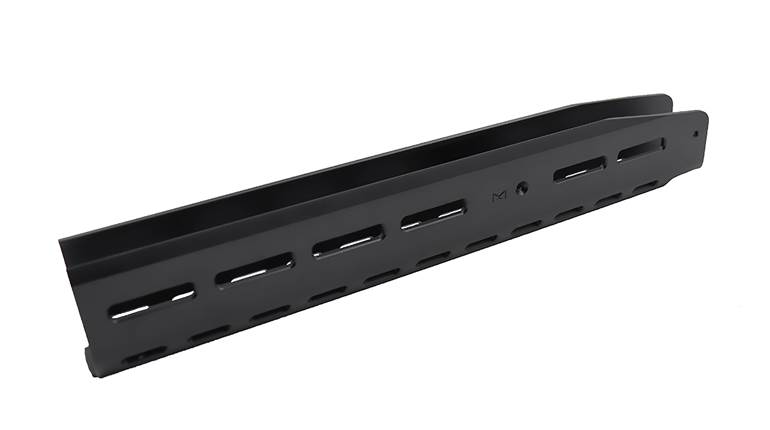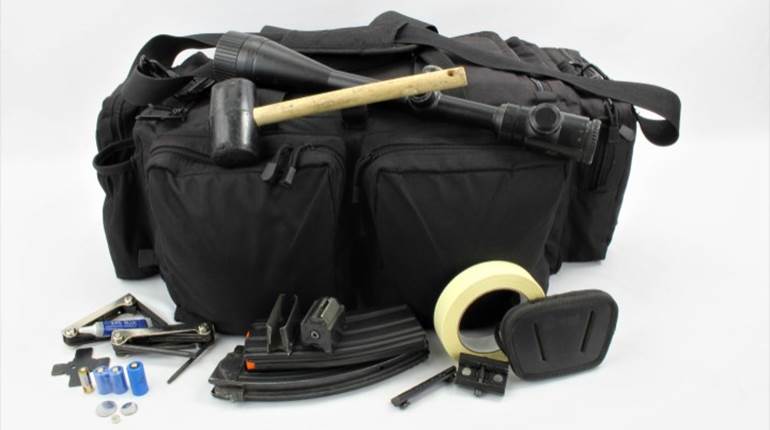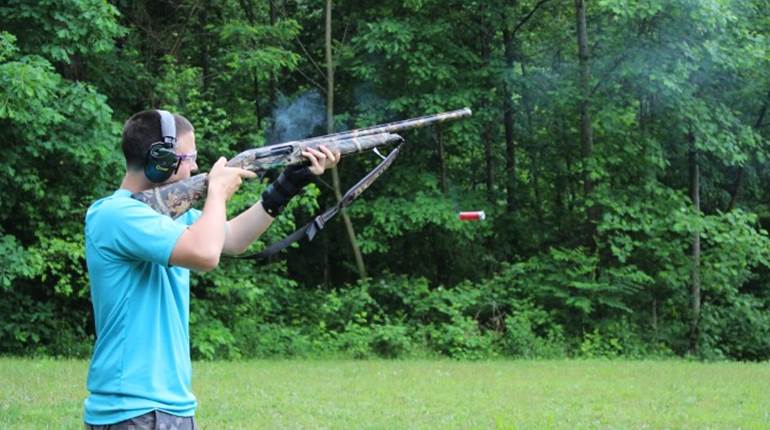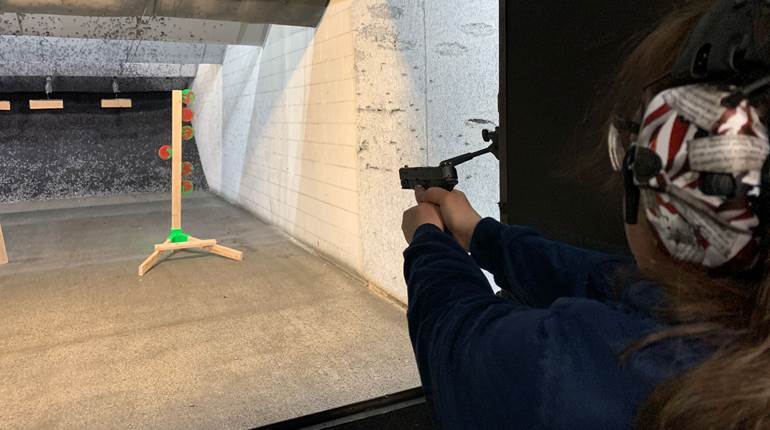
Laser rangefinders are incredibly useful tools for riflemen, but they can be difficult to aim precisely at long distances—especially when under pressure while in the field. If the crosshairs are off-target by just a fraction, it might indicate the distance to another object. What’s more, most modern rangefinders are so light, and the magnification level so high, that any slight hand shake is rendered as a seismic shift by the reticle.
Nikon has remedied this problem by incorporating the same technology present in its premium VR (Vibration Reduction) camera lenses into its new Monarch 7i VR rangefinder. Yet company engineers have managed to include this technology in an optical package that is compact and lightweight with a price tag comparable to other rangefinders.

When the “On/Range” button is depressed, two angular velocity sensors detect pitch (up and down movement) and yaw (left and right movement) every 1/1000th of a second, and this data is instantly sent to an onboard microprocessor that, in turn, sends directions to two voice coil motors that move the floating lens system to gyroscopically counter the external movements placed on the unit in real time. The laser remains calibrated with the crosshairs, despite hand shake, so that the user can be assured of an accurate reading.
During testing, a truck parked at an unknown distance down the street was ranged. Just looking through the rangefinder without turning it on, testers could easily see the truck thanks to the 6X glass, but details were difficult to observe due to hand shake. However, as soon as the range button was depressed, testers could easily read the license plate of the truck, 114 yds. distant. The plate was too blurry to read before due to hand shake, but the VR technology smoothed the hand shake so that it wasn’t jumpy and the words could be read. As such, it would be much easier to judge a buck’s rack or a wind flag from afar. And it even allows ranging an object from a moving vehicle.
Make no mistake, this technology doesn’t make moving objects still or slow them down; rather, it makes it seem as if your hand is suddenly stabilized by a sandbag so that the crosshairs are steady, helping you to center the reticle on small targets, and therefore glean an accurate reading.
 Vibration Reduction technology aside, the 7i VR has still proven to be a capable rangefinder. We found it to be accurate to within half a yard at distances closer than 700 yds., and to within one yard at distances between 700 and 1,000 yds. The 6X monocular also features ID technology that automatically compensates for uphill or downhill shots. The 7i VR also has what Nikon calls Tru-Target technology; by holding down the “Mode” button then pressing it twice more to toggle through modes, the user can opt to range a dominant object that is partially obscured, perhaps by short grass.
Vibration Reduction technology aside, the 7i VR has still proven to be a capable rangefinder. We found it to be accurate to within half a yard at distances closer than 700 yds., and to within one yard at distances between 700 and 1,000 yds. The 6X monocular also features ID technology that automatically compensates for uphill or downhill shots. The 7i VR also has what Nikon calls Tru-Target technology; by holding down the “Mode” button then pressing it twice more to toggle through modes, the user can opt to range a dominant object that is partially obscured, perhaps by short grass.
The unit is shock-proof and easy to grip with its rubber armor. Notably, it’s also waterproof to one meter. We dropped it into a bucket of water, then on grass from eye-level five times, and it still remained operational and accurate. These verification tests made us feel much better about this unit that has a “floating” erector lens and micro-electronics housed within.
Yet, for as advanced as the unit is, it isn’t perfect. An illuminated reticle for use in low-light conditions would be very beneficial, and the lenses are polarized to help observe targets in humid conditions, and are therefore incompatible for use while wearing polarized sunglasses. Hopefully these issues will be remedied in future models. Regardless, the Nikon Monarch 7i VR’s quality and image-stabilizing technology make it worthy of serious consideration.





































